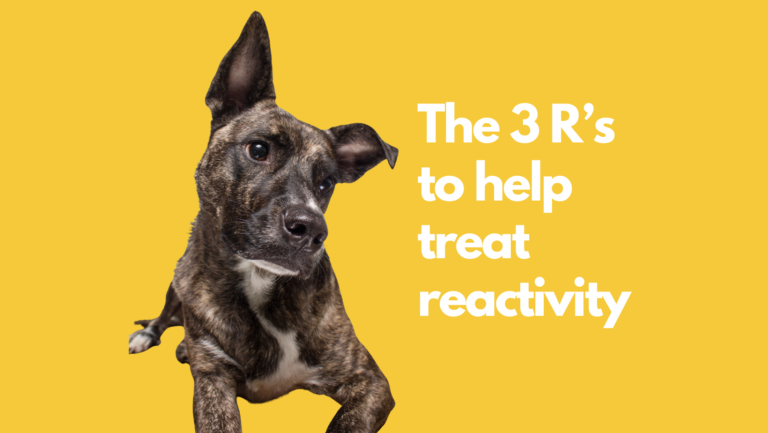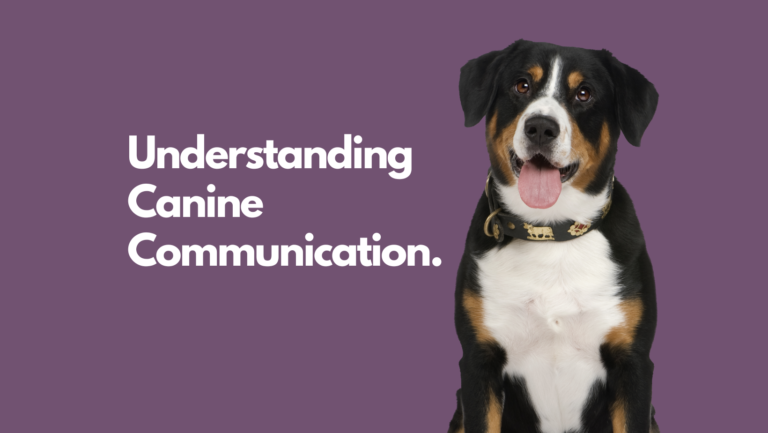Understanding dog training methods. Out with punishment, in with praise!

It should be a logical approach to not use force, intimidation, aversive, and consequence tactics when interacting and working with an animal, however, the training industry is overwhelmingly unregulated and there is so much conflicting information on a google search that it can leave a person feeling confused, frustrated, and helpless.
Walt Disney, films, television, and books create false impressions of animal behaviour and interactions. This entertainment is doing our canines a great disservice. Punishment, either physical or verbal, has no place in the home environment, or dog training school.
Force-free dog training aims to promote scientifically based moral principles, by having a sense of empathy, and the ability to understand the appropriate interaction and handling of dogs in training situations and environments. This initiative is supported by many renowned professionals in the training industry and organisations all over the world who have a wealth of knowledge about canine behaviour that is based on the most recent scientific research.
We know in this day in age that dogs are sensitive mammals. Gregory Berns was one of the scientists that conducted a study [1] where they concluded that dogs are able to experience similar levels of awareness, consciousness, and emotions comparable to humans. You can’t look at your dog and tell me that they don’t feel. Of course they do, their feelings may just not be as complex as our higher human emotions; however, they do feel pain, fear, joy, and uncertainty. This should help anyone reconsider the ways we treat and interact with dogs.
The outdated methodology that uses force and intimidation tactics comes from the ‘dominance theory’ which claims that humans need to gain social status and should be the leaders in the ‘pack’. This then often leads to the trainer/ owner using aversive methods which may cause pain or psychological distress in order to dominate their dog, teach them a lesson, and show them who’s boss. Not only is this scientifically outdated [2] it is extremely dangerous for people and the dog. Dogs who are interacted with and trained using these methods tend to show more fear, reactivity, and aggressive behaviours [3] as the dog is experiencing something unpleasant while dealing with a stimulus that is invoking fear or an arousal response which leads the dog to becoming reactive and defensive.
Force comes with psychological intimidation and the active application of applying something unpleasant that causes pain or psychological stress. An aversive is an unpleasant method used to suppress or deter an unwanted behaviour. It is our responsibility as dog owners and trainers to implement up-to-date knowledge and uphold our ethics towards our canine companions. An empathic approach to training dogs improves the environment for both the owner and increases the dog’s ability to learn and digest information.
Many behaviour problems in dogs stem from lack of appropriate exposure, fear and uncertainty which cannot be solved through punishment. The use of punishment may only suppress the symptoms of behaviour temporarily so it looks like it’s working but it does not address or deal with the underlying problem. Behaviour is an outward reflection of an internal emotional struggle, you may find that if you deal with the emotion the behaviour may resolve itself. Force-free training works on understanding emotions and changing them into positive associations using non-aversive training methods.
If you use an aversive method to stop an unwanted behaviour and then the dog stops doing what you don’t like, what you may actually be seeing is a dog who freezes as a reaction to fear or goes into a shut-down state (learned helplessness). This is then seen as the dog being ‘good’ which is not the case and is the dog avoiding to survive. You may then also have the opposite effect where the dog becomes more fearful thus becoming aggressive as this is a defensive mechanism to survive. You are not dealing with the actual underlying problem the dog is having and definitely not an appropriate way to address the problem as it ends up creating more negative associations for the dog.
Please, do your research before using any training tools, such as an electric shock collar, pinch/spike collar, choke chains, or any other device. Numerous risks concerning your pet’s emotional and physical welfare have been documented [4].
Questions to ask yourself when it comes to aversive training:
Did it work or simply suppress the behaviour? Dealing with a behaviour and suppressing one are two very different things.
What if the canine behaviour is the onset of a medical condition like hearing loss, visual impairment, or pain-related issues? Have you ruled out that before resorting to methods that require gadgets or unpleasant stimuli to change the behaviour?
Is it a dictatorship where you are using intimidation and forceful tactics to make your dog comply or do you want a relationship built on understanding and trust?
Will the dog even make the connection between the behaviour and the physical punishment? The dog may make the association with you being unsafe and unpredictable.
The risk of using such training tools and methods is increased fear, avoidance, pets shutting down/learnt helplessness, increased reactivity, aggression and potentially an unpredictable dog [5].
WHAT TO LOOK FOR IN A GOOD DOG TRAINER?
Looking for a good dog trainer can be a difficult and confusing task as there are so many out there. So how do you know you are choosing the right one for your very well-loved dog?
The first thing to ask a trainer would be “what training methods do they use and what is their training philosophy?”. The way they answer that question will most likely give you an indication of how they work with dogs.
You would want to avoid a trainer who uses terms like pack leader, dominance, and alpha – NO qualified trainer would ever use that terminology.
Why, in 2023 do we still think it is ok to use fear, intimidation, pain, and consequence training tactics? Today, doctors do not perform lobotomies to treat mental illnesses – We don’t beat children to make them listen – why? – Because science has evolved and we understand so much more about the long-term consequences of these methods!
Positive reinforcement works, and it DOES NOT damage the human and dog relationship! It can only build trust.
The question you need to ask yourself when training your dog is – “just because you can use forceful methods that appear to stop unwanted behaviour, does that mean you should?”
What to look for in a good dog trainer is simple…
Such methods tend to cause controversy among many trainers. I can tell you that any qualified/certified trainer and/or behaviourist will never recommend such “training tools” and outdated mythologies [6].
A good dog trainer is a person who understands dogs and understands that they behave in a natural manner that is normal for their species.
A good dog trainer will help you manage your environment.
A good dog trainer will set you and your dog up for success right from the start.
A good trainer will use force-free humane methods that are science-based.
A good trainer is someone who is supportive and empathizes. They won’t put unnecessary pressure on you or your dog.
A good trainer can effectively communicate to their clients how and why they are teaching the dog certain behaviours, and explain it in a way the client understands, as well as being honest enough to adjust unrealistic expectations and turn them into realistic ones.
Dog training is not a ‘one size fits all rule’. Each dog is different and responds differently to the environment around them. Skilled trainers DO NOT need to resort to aversive tools as they are competent enough and have enough knowledge and experience to train the dog without pain and intimidation.
Don’t take my word for it. Do your own research on whether you want your dog to feel safe doing something because of reward-based training or doing something out of fear of consequence.
To an untrained eye, punishment looks like it works, so that’s why people do it. Punishment has its limitations with quick, temporary returns. The unwanted behaviour may be gone but at what cost to the dog?
References:
1 Peter F. Cook, Ashley Prichard, Mark Spivak, Gregory S. Berns, Awake canine fMRI predicts dogs’ preference for praise vs food, Social Cognitive and Affective Neuroscience, Volume 11, Issue 12, December 2016, Pages 1853–1862, https://doi.org/10.1093/scan/nsw102
2 John W. S. Bradshaw, Emily J. Blackwell, Rachel A. Casey, Dominance in domestic dogs – useful consturc or bad habit, (2009), http://www.thebehaviourclinic.co.uk/wp-content/uploads/2016/09/Bradshaw_2009-dominance-in-dogs-good-or-bad-theory.pdf
3 Meghan E. Herron, Frances S. Shofer, Ilana R. Reisner, Survey of the use and outcome of confrontational and non-confrontational training methods in client-owned dogs showing undesired behaviours, Applied Animal Behaviour Science, Volume 117, Issues 1–2, 2009, https://www.sciencedirect.com/science/article/abs/pii/S0168159108003717
4 Masson s, de la Vega S, 2018, Electronic training devices: Discussion on the pros and cons of their use in dogs as a basis for the position statement of the European Society of Veterinary Clinical Ethology, Journal of Veterinary behaviour, Vol 25, May-June 2018, https://www.sciencedirect.com/science/article/abs/pii/S1558787818300108?via%3Dihub
5 French-Mitrevski K, 2018, Prong and choke/check collars the good and the bad, Animal Antics Behaviour Center, http://www.animalanticsbehaviour.com/blog-1/2018/7/24/prong-and-choke-check-collars-the-good-and-the-bad
6 British Small Animal Veterinary Association. (2012). Position Statement on Aversive Training Methods (Electronic and Other Aversive Collars). Position Statement No. 31.
Tags
What do you think?
Related Articles

The 3 R’s to help treat reactivity
Training your dog is not just about teaching them to listen and ‘fixing’ unwanted behaviours; it’s about creating positive associations with their environment and building

Reasons for a dogs behaviour
Dogs behave the way they do for many reasons. They do NOT do things deliberately to be stubborn or ‘naughty’, nor do they aim to

What is Dog Body Language?
Our canine friends have an intricate language of nonverbal communication known as body language. Body language is the way a dog uses his or her
